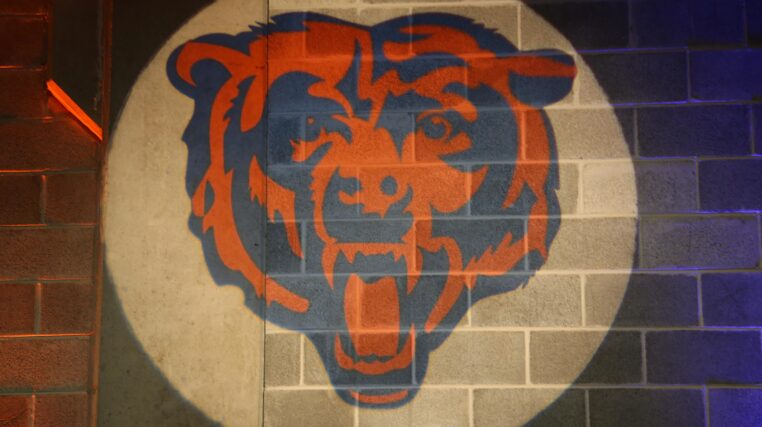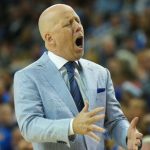Chicago Bears Dealt with Unfortunate News in Latest NFL Mock Draft
Chicago Bears lose starting offensive lineman to the Los Angeles Rams

The Chicago Bears made significant changes to their offensive line this offseason, leaving several of last year’s starters in search of new teams. One of those players has now joined the Los Angeles Rams.
Under the direction of general manager Ryan Poles, the Bears’ offensive line was overhauled, with three new starters already securing their spots. The future of left tackle Braxton Jones, who remains at the top of the depth chart for now, is still uncertain.
As a result, key players from last year’s lineup, including Teven Jenkins and Coleman Shelton, won’t be returning. On Day 2 of free agency, Shelton found a new home with the Rams.
According to ESPN’s Adam Schefter, “Bears free-agent center Coleman Shelton reached an agreement on a two-year deal to return to the Rams.” Shelton played for the Rams from 2019 to 2023 before spending one season in Chicago.
Shelton became surplus to the Bears after they signed Drew Dalman in one of their major 2025 free-agent moves. Dalman agreed to a three-year, $42 million contract, with $28 million in guarantees, to address a long-standing issue at center.
After just one season with Chicago, Shelton’s time with the team came to an end. He finished the 2024 season with the seventh-highest offensive grade on the team (minimum 700 snaps) and was often regarded as the Bears’ second-best lineman behind right tackle Darnell Wright.
However, Shelton’s performance had significant flaws. He frequently struggled, being overpowered and forced into the quarterback’s lap, disrupting the pocket. A change at center was essential for the Bears to protect their quarterback and unlock his potential.
Dalman’s arrival is seen as a major upgrade for the Bears, despite Shelton’s efforts last season.



No Comment! Be the first one.